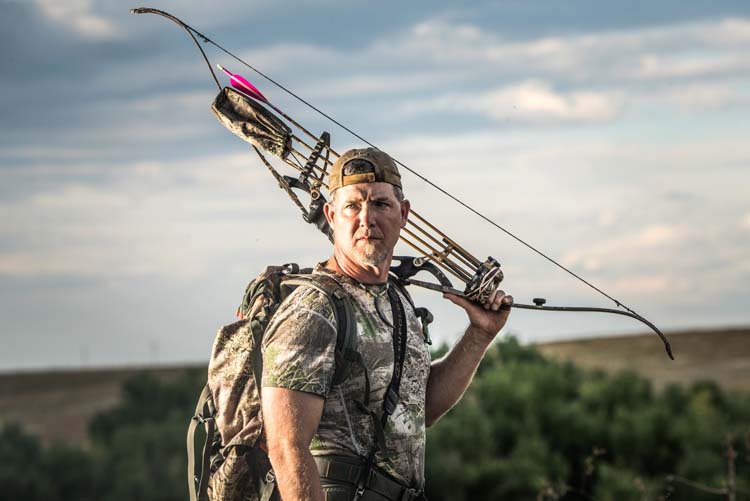
Congratulations! If you’re reading this I will assume you are considering trying out a traditional bow. As you are probably aware, traditional bows include recurves, longbows, and self bows. Since success in any sport requires an understanding of the sport, I will try and give you a heads up on what to expect as you start out.
You may be surprised to learn that a lot of other bowhunters are making the switch as well. In the last fifteen to twenty years the number of people shooting traditional bows has skyrocketed. It seems once people are introduced to it, they love it. Some of the most common reasons I hear for people switching is that they want to shoot a simpler bow or they want the challenge of traditional archery. What’s funny is that to me the real challenge is shooting something with a compound. Shooting a traditional bow is a huge advantage in a real hunting situation.
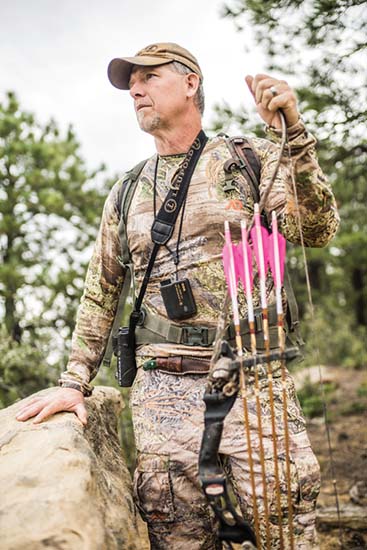
My formal introduction came over 20 years ago while I was managing an archery shop in Northern Colorado. I had been a die-hard compound shooter. I shot competitively and used all the bells and whistles whether I was shooting targets or hunting. What I noticed is that the traditional shooters just seemed to have more fun. They were always playing shooting games, practicing in crazy positions, or stump shooting. My practice with my compound seemed more regimented. I had to know the range, so I used a rangefinder. I had to hook up my release, I had to look through my peep, I had to pick the right pin, and then I would concentrate and slowly squeeze the release trigger. Only after all that would my arrow finally leave the bow. The traditional guys were just shooting. Just drawing back and letting go. So I decided to give it a try. I am now a passionate traditional bowhunter.
My beginning was like a lot of other traditional shooters. I started out with a compound bow. The compound was my introduction to archery like a set of training wheels is often the introduction to riding a bike. Traditional archery opened up a whole new world to me. I was lucky and had some great mentors like custom recurve bowyer Mike Palmer and Archery shop owner Jim Widmier to help me along.
To help keep you from having a bad experience, there are some major differences between compounds and recurves that you need to be aware of. These differences range from equipment to shooting style. There are also a few things that are similar and can be used in both genres.
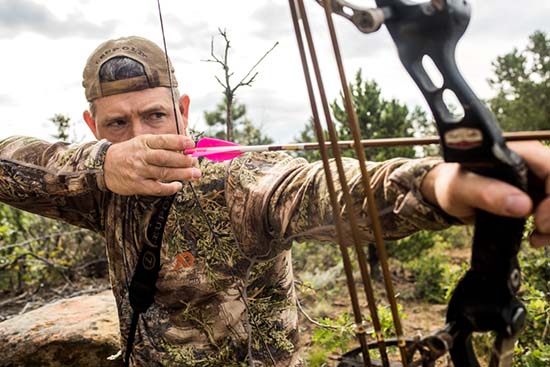
Anchor point – To shoot a compound accurately, you must anchor at the same spot every time. With a traditional bow achieving a solid anchor that is consistent every time is just as important. To help ensure you anchor at the same point, multiple reference points are best. I use a three point anchor, I put my middle finger in the corner of my mouth, my thumb under my jaw, and the knuckle of my pointer finger on my cheek bone. I suggest you find a comfortable, easy to remember anchor point as soon as you start shooting so you don’t develop bad habits.
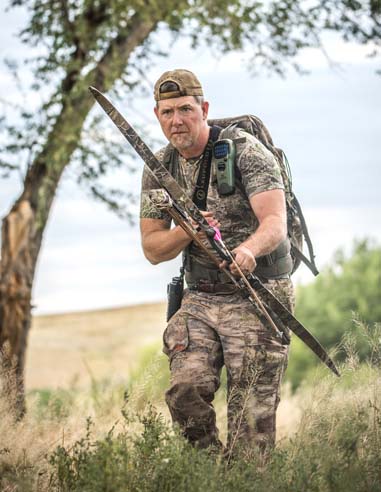
Poundage – The worse thing you can do is start with a poundage that is too high for you to comfortably shoot. This is a huge issue when changing over or when starting to shoot traditional equipment. This is where most beginning traditional shooters make their first mistake. A lot of new shooters assume they want to shoot the same poundage they did on their compound. This is usually not advisable since with a traditional bow you are holding the full poundage weight at full draw. As a rough rule of thumb, I always advise new traditional shooters to drop 10 lbs off their comfortable compound weight. The word comfortable is big with any bow. If it’s not comfortable to shoot or you are straining, you will not shoot the bow accurately and you will not want to shoot as much which will keep you from getting any better. I always advise going lighter rather than heavier. For example, I am 6’2” and weigh 205 lbs and I shoot a 54 lb recurve. I could shoot a heavier bow, but it wouldn’t feel as comfortable. I have killed 13 elk, 5 moose, and a lot of other smaller animals with that poundage and I will not hesitate to drop that poundage lower when it starts to feel heavy. My wife is tiny and shoots a light bow, but she shot a Pope and Young antelope with a 37 lb recurve at twenty yards. My point in sharing these stories is that it is better to shoot a light weight bow and shoot accurately, than it is to shoot a bow that is too heavy and miss or wound the animal you are after.
When choosing your traditional bow, bear in mind that manufactured bows all list the poundage on the bow. This poundage is measured when the bow is drawn to 28”. This is important because if your draw length is 30” the bow will gain poundage. Poundage gains vary based on the bow, materials used and design, but an average is a 3 lb gain or loss in poundage for every inch you draw more than or less than the 28” standard. This 3 lb gain or loss holds for draws from about 25” to 31”. Much over or below that range and the poundage gain or loss becomes higher or lower depending on which side of the draw curve you’re on. A custom traditional bow is just that, it is built to your specific poundage at your draw length.
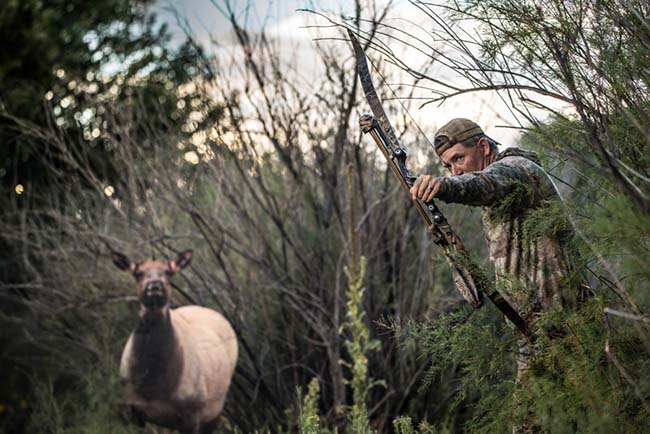
Draw Length– Another common mistake people make is assuming that their draw length for their compound will be the same in a traditional bow. It is usually a little shorter on a traditional bow. Here again comfort is the key. Come to a draw that feels comfortable and is easy to achieve consistently. Most pro shops as well as custom bowyers use a fifteen pound bow to measure draw length, that way it is easy for you to come back to what is comfortable. Be sure to get measured properly before purchasing a traditional bow because knowing your draw will help you pick a comfortable poundage to match it.
I have tried to point out some of the differences and similarities that you need to be aware of when switching from a compound to a traditional bow. Even if you’re totally new to the sport of archery and have never held any type of bow these same tips will apply.
Lastly, I want to point out what I think are some of the biggest advantages to shooting a traditional bow. Bear in mind, I am a big tent theory guy and feel that it doesn’t matter if you shoot a compound or a traditional bow, we are all bowhunters. I have experience shooting both and feel qualified to say that a traditional bow is a more efficient weapon to hunt with at bowhunting ranges. To me that is thirty yards and under. The reasons are simple. Traditional bows are faster to shoot, quieter, easy to shoot at odd angles, and there is a lot less to go wrong with a simpler bow. They are also more fun to shoot in my opinion. Good luck and most importantly… Have fun!!!!
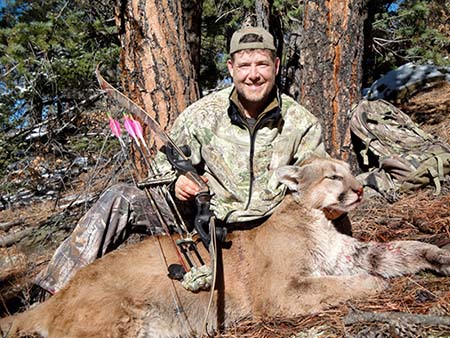
By Fred Eichler of Everything Eichler














.jpg)
